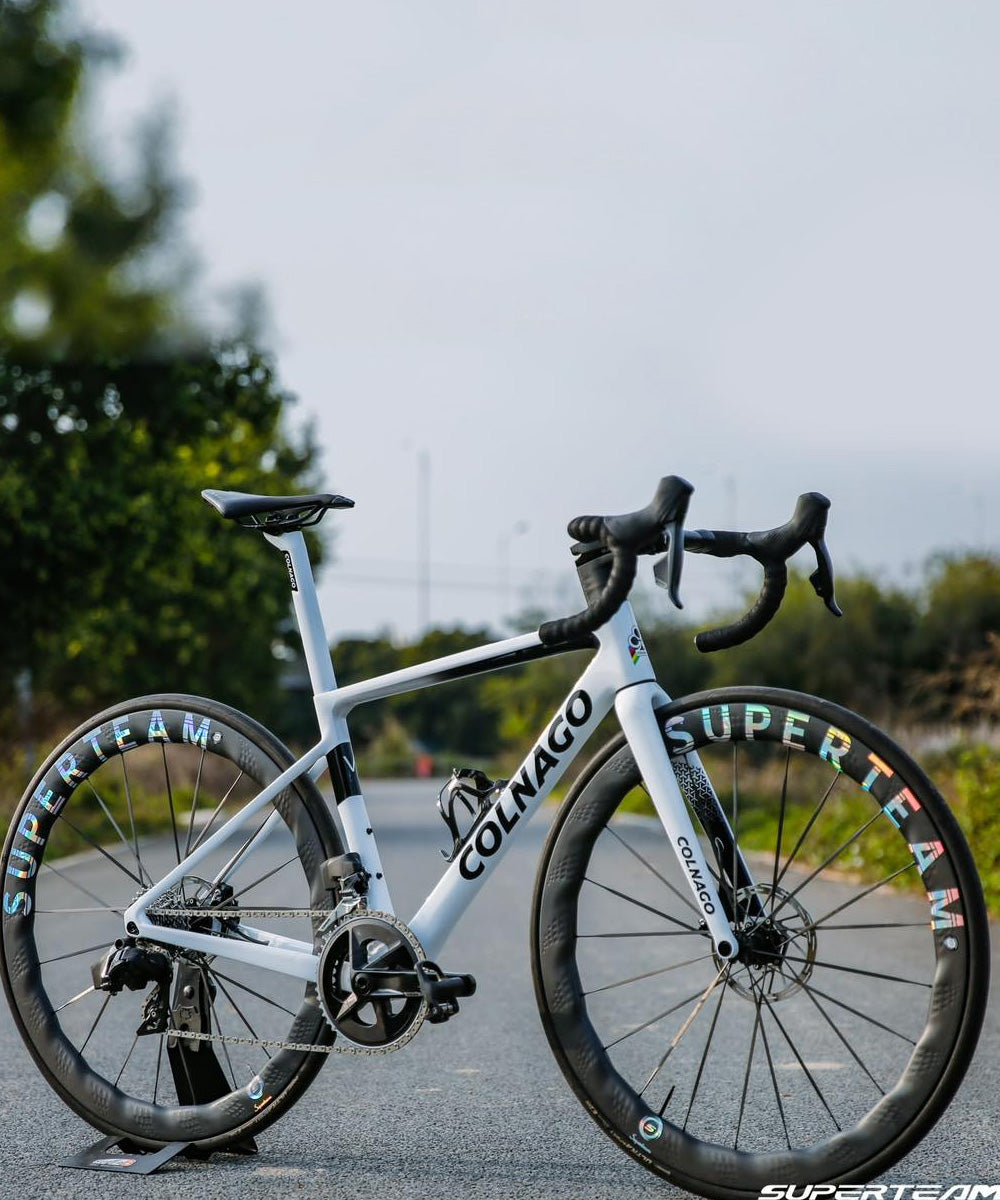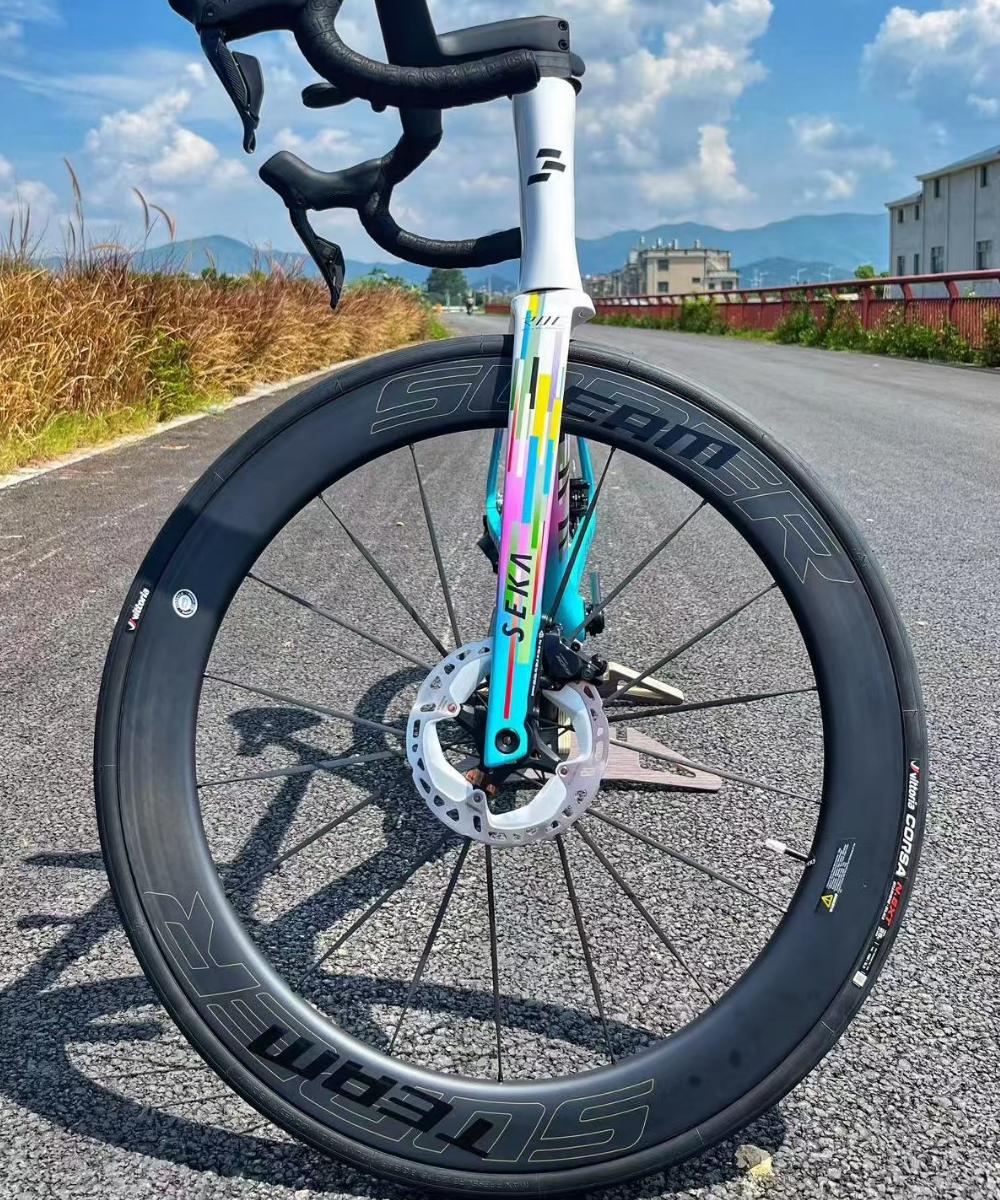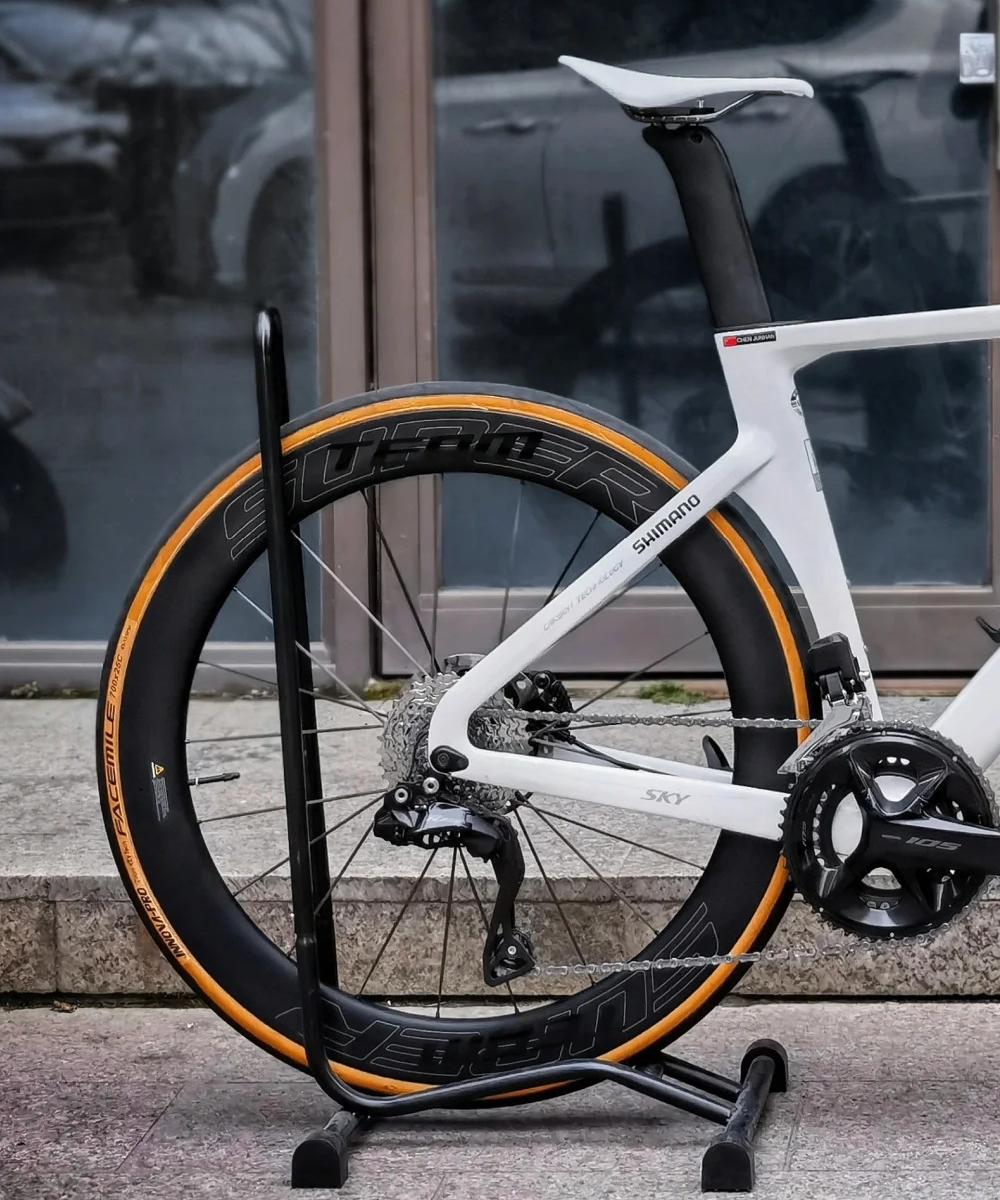How Moisture and UV Exposure Affect Carbon Wheel Longevity
Introduction
Carbon fiber wheels are prized for their stiffness, low weight, and aerodynamic advantages. Yet, like all composite structures, they are vulnerable to environmental factors over time. Among the most significant are moisture and ultraviolet (UV) exposure. While modern resins and manufacturing methods have improved durability, riders should understand how these elements can influence long-term wheel performance and lifespan.
The Nature of Carbon Composites
A carbon wheel is not made of carbon fiber alone; it is a composite of carbon fibers (which provide strength) and resin systems (which bind fibers together and transfer loads). Environmental degradation primarily targets the resin matrix, not the fibers themselves.
Carbon Fibers: Chemically stable, resistant to UV and water.
Resin Matrix: Sensitive to prolonged UV exposure and moisture infiltration if unprotected.
Moisture: Subtle but Persistent
Water Absorption in Resin
Over time, some resins absorb small amounts of water, leading to micro-swelling.
This can reduce stiffness and increase micro-crack propagation.
Freeze-Thaw Cycles
In cold climates, moisture entering tiny surface cracks may freeze, expand, and worsen damage.
Corrosion of Metallic Components
While carbon itself does not rust, wheel components like nipples, spokes, and alloy rim inserts can corrode when exposed to moisture trapped in the structure.
Impact on Longevity: Gradual performance decline, cosmetic blemishes, and in extreme cases, rim failure at stress points.
UV Exposure: The Silent Degrader
Resin Breakdown
Prolonged UV radiation weakens the resin, making it more brittle and prone to cracking.
Surface yellowing or chalking often signals UV-induced degradation.
Surface Micro-Cracks
UV damage often begins superficially, but micro-cracks may allow moisture intrusion, accelerating deterioration.
Aesthetic Changes
While fading logos or clear coats are cosmetic, they often indicate deeper resin damage underneath.
Impact on Longevity: Compromised resin integrity, higher risk of delamination, and reduced fatigue life.
Protective Measures
UV-Protective Clear Coats
Most modern carbon rims include UV inhibitors in the resin or protective clear coats.
Re-coating older rims can extend their lifespan.
Proper Storage
Store wheels indoors away from direct sunlight and excessive humidity.
Avoid leaving them in hot car trunks or outdoor sheds for long periods.
Regular Inspection
Check for surface chalking, fading, or fine cracks in the resin.
Inspect spoke holes and braking surfaces (if rim brake) for signs of weakness.
Post-Ride Maintenance
Dry rims thoroughly after wet rides.
Remove road salt, sand, and debris that can accelerate resin wear or metal corrosion.
Conclusion
While carbon fibers themselves are immune to moisture and UV degradation, the resin matrix that holds them together is not. Over years of exposure, environmental factors can subtly compromise a wheel’s stiffness, aesthetics, and structural integrity. Thankfully, protective coatings, proper storage, and routine inspections go a long way toward ensuring carbon wheels last for many seasons of safe and high-performance riding.




